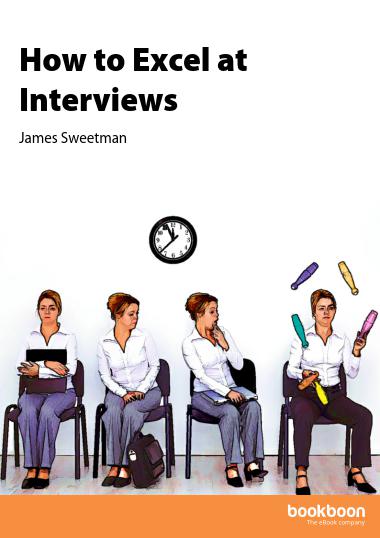10 Tips for Running Effective Meetings

To paraphrase Tolstoy, productive meetings are all alike; every unproductive meeting is unproductive in its own way. As forums, meetings can inform and educate, decisions can be made, actions agreed, conflicts resolved, risks assessed and consensus reached. They can also be an enormous waste of time.
Meetings are where time management and communication skills intersect. Meetings also magnify the best and worst aspects of a company’s culture.
Here are ten tips to ensure your meetings are as effective as they can be.
1. Know your result
How will you know when the meeting is successful? What do you want the meeting to achieve? You won’t know if you are on track, unless you know your destination. Remember, a meeting is always a means to an end, not an end in itself.
2. Circulate the agenda beforehand
I’m always amazed how frequently this doesn’t happen. Attendees need to know why the meeting is taking place and what it will be about. If you are invited to a meeting without an agenda, seek one. If you expect people to read material beforehand, make this explicit in the pre-meeting communication. Effective meetings do not regurgitate material that attendees should have read in advance.
Effective Meetings Start and End on Time
3. Timebox
An effective meeting will have both a start and an end time. It is the responsibility of the person running the meeting to ensure timescales are adhered to. Starting a meeting on time is a threshold competency, finishing the meeting on schedule; having achieved the meeting’s outcomes, is where the real skill lies.
4. 90 minute limit
Effective meetings are rarely more than 90 minutes in duration. People have limited attention spans. If the agenda is long, can the meeting be split?
5. Fluid attendees
Do all the attendees need to be present for the entire meeting? Can people come and go depending on the agenda items? What would be the most effective use of everyone’s time? In mature organisations (where people are trusted to make the best decisions for themselves and the company) people have the freedom to determine how their time is best spent, so meetings have revolving doors.
6. Keep the actions visible
Use a flipchart or whiteboard to visibly note the action points from the meeting – who, what and when. This ensures greater clarity. For regular meetings the actions from the previous meeting should be the kick-off point for the next one.
Questions transform monologues into dialogues
7. Prepare questions not just statements
If you are putting the agenda together, rather than listing your topics as statements, list them as questions. For example, rather than ‘customer service,’ or ‘bad debts,’ rephrase as ‘how can we enhance customer service?’ or ‘how can we minimise bad debts?’ Questions engage the brain, so attendees are invited to think about solutions before the meeting even starts.
In additional, just because something is said doesn’t mean it is heard or understood. Questions are how we test for understanding. Questions also transform monologues into dialogues. We might know what we want to say on certain issues, but statements won’t necessarily stimulate discussion, – questions will. So if you are preparing what you want to say at the meeting, make sure you give some thought to questions that will engage the attendees, not just statements.
8. Harness technology
How could smart phones, blackberries, tablets or laptops be used effectively during a meeting? If an action point is allocated, could that person act on it during the meeting, by sending an email, forwarding a report? Of course, trust is required. Yes, someone could be playing angry birds, but why not get curious about how technology could be used more effectively during meetings. Wouldn’t it be cool if most of the action points were actually ticked off before the meeting was over? (I’ve seen it happen!)
9. Stand up
We think on our feet! Traditionally Privy Council meetings take place standing up, to keep them short and punchy. I know many executives who have their Monday morning meetings standing up to keep them snappy. When the weather is fine, could you have your meetings walking around the block (a common occurrence in Spain.) Not all meetings need to take place in a formal boardroom or even around a table.
10. Monitor your effectiveness
If you are serious about improving the effectiveness of your meetings, have ‘meeting effectiveness’ as an item on your agenda. At the end of the meeting ask the attendees if they achieved their meeting outcomes and seek their opinion about how the meeting could have been more effective.
From my experience of working with many organisations, the one area where productivity enhancements can always be found is meetings.
Some meetings are vital, central to the success of the organisation; some meetings need to happen more frequently and of course some meetings should never take place at all.
About the author: James Sweetman is an experienced Business & Personal Coach, Soft Skills Trainer, Motivational Speaker and Author. He specialises in a number of areas including Interview Preparation, Career Fulfillment, Motivation and Leadership Skills.
More information about James and his work can be found at www.jamessweetman.com.




